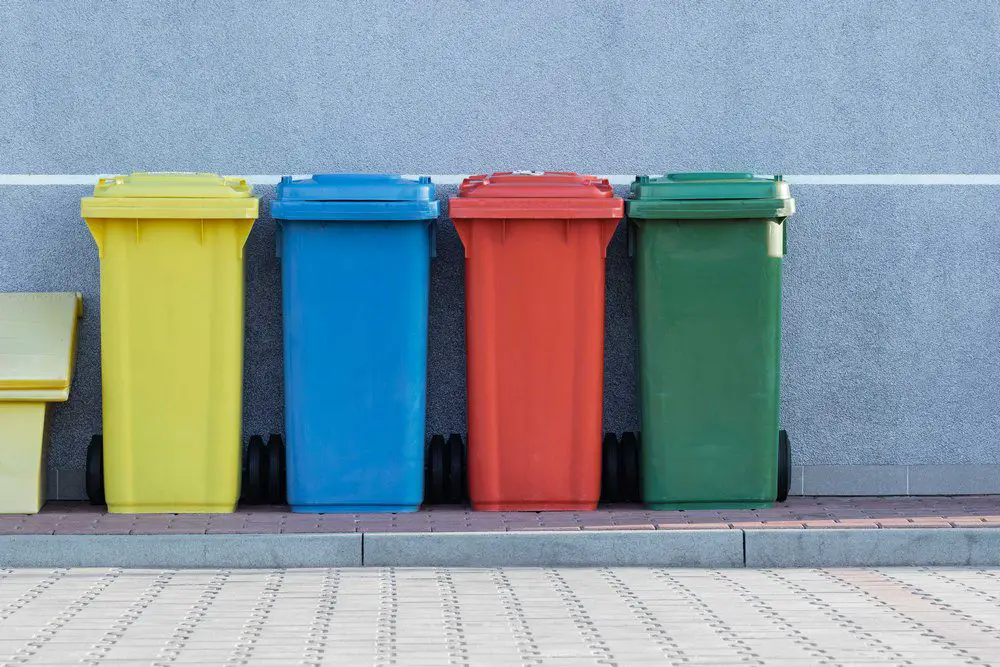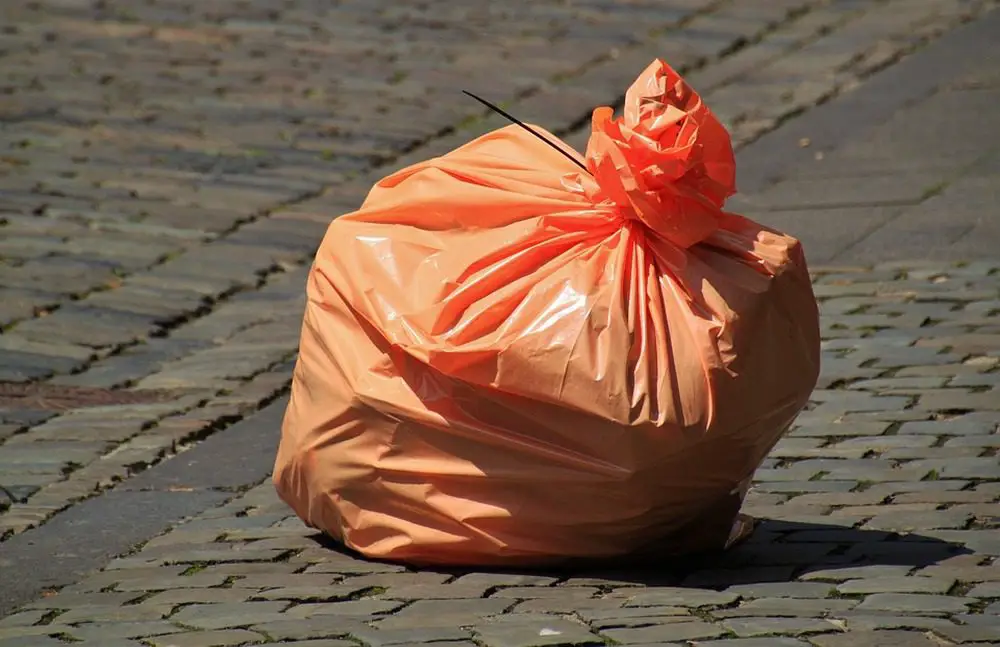As climate change becomes a more pressing concern, we are all increasingly called to make an effort toward improving our planet’s well-being. One practice that is often understated but highly significant in reducing greenhouse gas production and slowing global warming is responsible waste disposal.
Contents
How Should You Implement Responsible Waste Disposal
Unfortunately, this responsibility has largely been overlooked or put on the back burner for many years, until now. This blog post will provide four tips for individuals and businesses alike to ensure their waste disposal practices are as environmentally friendly as possible.
Whether you’re trying to reduce your own family’s carbon footprint or help “greenify” your company’s production process, implementing these sustainable strategies will undoubtedly set you on a positive path toward becoming a conscious contributor to the environment’s health.

1. Reduce, Reuse, Recycle
The three Rs: reduce, reuse, and recycle are the pillars of responsible waste disposal. You may not notice it, but the amount of waste we generate daily is overwhelming. We don’t need to purchase and use many disposable items daily.
Instead, use reusable products like cloth napkins or stainless steel straws, start composting your food scraps, and invest in durable items that won’t break easily over time. The less you purchase and use, the less waste you will produce in the future.
Reusing as many materials as possible is a great way to reduce the amount of waste we produce. For example, you can reuse glass jars to store food items, upcycle old clothes into new fashion pieces, and often reuse even product packaging. It’s essential to think about what you already have at home before buying something new.
Putting recyclable materials in the correct bin is an easy but meaningful way to help reduce waste. By separating recyclable materials like paper, plastic, and glass from other waste products, you can send these items to facilities where they will be turned into new products.
Recycling also helps conserve natural resources by reducing the need for extracting raw materials from the environment.
The goal of reducing, reusing, and recycling is to create a closed-loop system where materials are cycled back into the production process rather than ending up in landfills or incinerators. The less waste we produce, the less strain is put on our environment and its resources.

2. Composting
If you are into gardening, composting is a great way to reduce the amount of waste you produce while providing excellent fertilizer for your plants. Composting involves collecting organic materials such as food waste, wood chips, paper products, and more in an outdoor bin or container.
These materials will break down over time, creating nutrient-rich soil that you can use to fertilize gardens, trees, and shrubs. Composting is also a great way to reduce the amount of methane and other greenhouse gases generated by landfills.
Before creating a compost pile, it’s essential to check your local regulations, as some areas may have specific requirements for composting. Sort your waste into compostable and non-compostable materials. It’s best to avoid putting meat, dairy, or oils into your compost pile as these can attract pests.
You can learn how to sort a garbage bin from various environmental organizations. The Composting Council of Canada is an excellent resource for finding out more about composting in your area.
If you need access to an outdoor compost pile, you can look into one of the many kitchen compost bins on the market. These are easy to use and require minimal maintenance; most need a bit of water and stirring every so often. Always empty the bin regularly and dispose of the compost responsibly.
3. Proper Disposal of Hazardous Waste
Hazardous waste, such as batteries, paint, and oil, should be appropriately disposed of to avoid contaminating soil and water systems. You can take these items to a designated hazardous waste disposal facility or look into your local area to see if they offer residential collection programs for hazardous materials.
It’s important never to dump these items in the regular garbage or pour them down the drain, as this can cause significant environmental damage.
A hazardous waste management company can help you properly identify and dispose of these materials. They may also provide other services, such as onsite storage, transportation, and waste characterization. Be sure to check with your local government or environmental organizations for more information on how to dispose of hazardous waste in your area safely.
Additionally, businesses that generate large amounts of hazardous waste must adhere to the rules and regulations set by the government. This includes proper labeling, packaging, storage, and disposal. Following these guidelines, businesses can ensure their hazardous waste does not contaminate nearby land or water systems.
4. Sustainable Purchasing
Making conscious purchasing decisions is a great way to reduce waste and conserve resources. This includes choosing products made from sustainable materials such as organic cotton or bamboo, avoiding items with excessive packaging, and opting for recyclable or biodegradable products. Additionally, look for products with long-term warranties or guarantees, so you don’t have to purchase something new every few months.
Sustainable products are often more expensive than standard items, but this is offset by their durability and the fact that you may only need to replace them sometimes. Researching and comparing different products before purchasing can also help you save money in the long run. Additionally, some stores offer discounts for buying bulk or items with minimal packaging.
Avoiding impulse purchases and looking for second-hand items is also a great way to help reduce waste. Shopping at thrift stores, garage sales, and online marketplaces can help you find unique items that are often cheaper than their brand-new counterparts. This is a great way to save money while reducing waste sent to landfills.
In addition, look into the sustainability of what you buy. Ask about the materials used, how you made it, and if it’s recyclable before making a purchase. Being an informed consumer ensures that your money goes toward better products for the planet.
Conclusion
There are many ways to reduce waste and help conserve our planet’s resources. By following the tips mentioned above, you can make small changes that will greatly impact the environment. From composting to sustainable purchasing, these simple actions can help us create a healthier and more sustainable future for generations. Be sure to share what you learn with friends and family to help spread the message of waste reduction.






